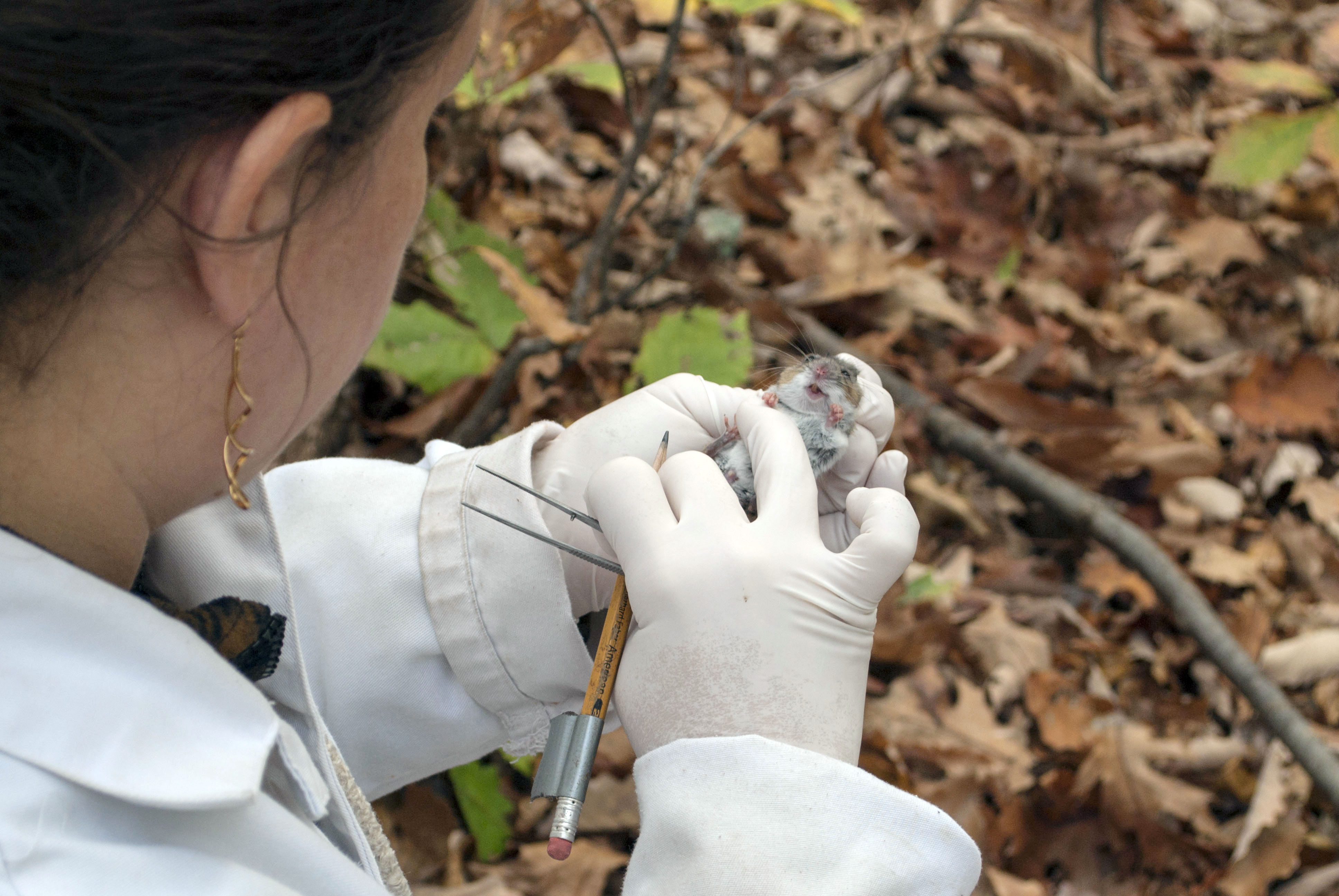 German scientists have found that radio waves can throw birds off their migration paths. The phenomenon is most acute in cities. The paper was published in Nature last week.
German scientists have found that radio waves can throw birds off their migration paths. The phenomenon is most acute in cities. The paper was published in Nature last week.
The scientists discovered the issue when trying to research the impacts of subtle magnetic fields on bird migration in their lab in Oldenburg, Germany, a BBC article reports. A much-replicated method of studying bird migration and magnetic fields didn’t work until the scientists shielded their experiment from radio waves of a certain frequency.
They study found that birds are adversely affected by EMF (electromagnetic frequency) radiation and levels much lower than humans are. So low, in fact, that the BBC article says only quantum level phenomena can explain it.
The research was conducted for seven years. In the BBC article, a scientist explained that the team wanted to be extra careful before reporting the unexpected findings, which they knew would be controversial.
Read the Nature article here. (Subscription or fee required for full article.)
BBC article here.
Article in The Australian, here.
Photo: European robin, the subject of the lab experiments. By Sunnyjim (Own work) [CC-BY-SA-2.0-uk (http://creativecommons.org/licenses/by-sa/2.0/uk/deed.en)], via Wikimedia Commons

 It’s been a good year for lead levels in condors in Arizona and Utah. While last year saw the second worst levels on record, this year saw the lowest level in a decade, says a
It’s been a good year for lead levels in condors in Arizona and Utah. While last year saw the second worst levels on record, this year saw the lowest level in a decade, says a  The ticks that carry Lyme disease, black-legged ticks or deer ticks, do not appear to harm their white-footed mice hosts, a paper in press in the journal Ecology says. In fact, the research found, a larger tick load correlated with a longer life in male mice.
The ticks that carry Lyme disease, black-legged ticks or deer ticks, do not appear to harm their white-footed mice hosts, a paper in press in the journal Ecology says. In fact, the research found, a larger tick load correlated with a longer life in male mice. “The Idaho Department of Fish and Game will conduct lethal control actions on ravens in three study areas in southern Idaho beginning this spring, and evaluate whether the removal improves sage-grouse populations,”
“The Idaho Department of Fish and Game will conduct lethal control actions on ravens in three study areas in southern Idaho beginning this spring, and evaluate whether the removal improves sage-grouse populations,”  A vault toilet is a more or less a permanent porta-potty, used in places without running water. Many state and federal agencies are fond of them. I’m fairly certain that I’ve used one in a National Forest recently.
A vault toilet is a more or less a permanent porta-potty, used in places without running water. Many state and federal agencies are fond of them. I’m fairly certain that I’ve used one in a National Forest recently. In February, the Nebraska Game and Parks Commission collared 11 elk for a study in north-central Nebraska. There are a few more details in this
In February, the Nebraska Game and Parks Commission collared 11 elk for a study in north-central Nebraska. There are a few more details in this “Asian carp have harmed the ecosystem, the economy, property, and boaters in the Mississippi River system. The diet of Asian carp overlaps with the diet of native fishes in the Mississippi and Illinois Rivers, meaning the carp compete directly with native fish for food,” says
“Asian carp have harmed the ecosystem, the economy, property, and boaters in the Mississippi River system. The diet of Asian carp overlaps with the diet of native fishes in the Mississippi and Illinois Rivers, meaning the carp compete directly with native fish for food,” says What is an Eastern coyote? One theory holds that it is a wolf-coyote hybrid formed when Midwestern coyotes crossed through Canada and mated with Eastern wolves.
What is an Eastern coyote? One theory holds that it is a wolf-coyote hybrid formed when Midwestern coyotes crossed through Canada and mated with Eastern wolves.